Digital Photography - ISO
http://froknowsphoto.com/
One of the very first things in photography you will want to understand is ISO. ISO controls the sensitivity of your images sensor or how much light gathering ability your sensor will have. When we were shooting FILM it was called film speed, examples are 100-200-400-800 and 1600 ISO. Now, we no longer have film but it is still called your "film speed".
In the digital camera you still have the ability to change your ISO generally from 100-3200 and in some cameras all the way up to 120,000 ISO. You are no longer locked into one film speed until you finish the roll, you can change your ISO for every picture if you would like. Would it be a good idea to let the camera select the ISO for you? Absolutely not, you, are better able to determine what your settings should be.
Let's dive into this head first and make it as simple as possible. Before I get into what ISO you should set for what situation lets look at what ISO directly controls. It controls how sensitive your sensor is meaning how much light it will gather. The brighter it is outside or in the situation you are photographing the lower your ISO can be. Keep in mind that ISO will directly effect your shutter speed. As you raiser your ISO your shutter speed will follow. For example if your shutter speed is 1/60th of a second at 100 ISO and you bump your ISO to 200 your shutter speed will jump one stop and go to 1/125th.
The brighter the situation the lower the ISO, the darker the situation the higher your ISO will be. If you are shooting outside during a bright sunny day, 100,200,400 ISO will work well. You will want to keep an eye on your shutter speeds to make sure that it is fast enough for the subject you are photographing. What that means is if you see that your shutter speed is falling bellow 1/125th when you are shooting moving subjects it wouldn't be a bad idea to bump your ISO from 100 to 200 or 400. Remember as your ISO goes Higher your shutter speed will follow.
Lets look at low light situations, if your in doors with room lights your starting ISO will be 800. You may find that you are not getting a fast enough shutter speed which means you will have to take your ISO up even higher to 1600. But what starts happening at these higher ISO's? You start to get noise and grain, this all depends on your camera, some cameras start to get noise at 800 and some pro models don't get noise until 10,000 ISO.
Do you know how I preach that you should spend your money on good glass, this is where it comes in handy. Say you have a kit 55-200 3.5-5.6 and your ISO is at 1600 and your shutter speed is at 1/60th @ F5.6. What are your options to get a faster shutter speed? With that kit lens you really have no other choice but to bump your ISO to 3200 which will now make your shutter speed 1/125th of a second @ 5.6. That will capture the image but most low end cameras will look like swiss cheese meaning very grainy at 3200 ISO.
If you had for example a 70-200 2.8 and we had the same settings to start, ISO 1600 1/60th @ 5.6 what are your options? You could raise your ISO again but we know that will lead to terrible noise and grain. Or you could drop your F stop from 5.6 down 2 stops to 2.8. What that means is you are letting in more light by opening up your lens. Now your shutter speed goes from 1/60th at 5.6 to 1/250th of a second at 2.8. This is why I preach getting better glass, it lets you gather more light when you need it, they tend to be built better as well as have better color and clarity. But that is not all, now that your settings are 1/250th @ 2.8 ISO 1600 you have some room to bring your ISO back down, you are going to trade ISO for shutter speeds in this case. You know that your D3000 for example looks better at 800 ISO than 1600 ISO so you decide to drop it one stop to 800, what will happen to your shutter speed? It will drop one stop from 1/250th to 1/125th which is still plenty fast to capture most motion.
So I hope you see why I am connately suggesting you save your money and get better glass. When you have the ability to let more light in you can lower your ISO which in turn will give you better, cleaner images to work with. The name of the game is light and in the lower end cameras the more light you have the better your images will turn out.
One of the very first things in photography you will want to understand is ISO. ISO controls the sensitivity of your images sensor or how much light gathering ability your sensor will have. When we were shooting FILM it was called film speed, examples are 100-200-400-800 and 1600 ISO. Now, we no longer have film but it is still called your "film speed".
In the digital camera you still have the ability to change your ISO generally from 100-3200 and in some cameras all the way up to 120,000 ISO. You are no longer locked into one film speed until you finish the roll, you can change your ISO for every picture if you would like. Would it be a good idea to let the camera select the ISO for you? Absolutely not, you, are better able to determine what your settings should be.
Let's dive into this head first and make it as simple as possible. Before I get into what ISO you should set for what situation lets look at what ISO directly controls. It controls how sensitive your sensor is meaning how much light it will gather. The brighter it is outside or in the situation you are photographing the lower your ISO can be. Keep in mind that ISO will directly effect your shutter speed. As you raiser your ISO your shutter speed will follow. For example if your shutter speed is 1/60th of a second at 100 ISO and you bump your ISO to 200 your shutter speed will jump one stop and go to 1/125th.
The brighter the situation the lower the ISO, the darker the situation the higher your ISO will be. If you are shooting outside during a bright sunny day, 100,200,400 ISO will work well. You will want to keep an eye on your shutter speeds to make sure that it is fast enough for the subject you are photographing. What that means is if you see that your shutter speed is falling bellow 1/125th when you are shooting moving subjects it wouldn't be a bad idea to bump your ISO from 100 to 200 or 400. Remember as your ISO goes Higher your shutter speed will follow.
Lets look at low light situations, if your in doors with room lights your starting ISO will be 800. You may find that you are not getting a fast enough shutter speed which means you will have to take your ISO up even higher to 1600. But what starts happening at these higher ISO's? You start to get noise and grain, this all depends on your camera, some cameras start to get noise at 800 and some pro models don't get noise until 10,000 ISO.
Do you know how I preach that you should spend your money on good glass, this is where it comes in handy. Say you have a kit 55-200 3.5-5.6 and your ISO is at 1600 and your shutter speed is at 1/60th @ F5.6. What are your options to get a faster shutter speed? With that kit lens you really have no other choice but to bump your ISO to 3200 which will now make your shutter speed 1/125th of a second @ 5.6. That will capture the image but most low end cameras will look like swiss cheese meaning very grainy at 3200 ISO.
If you had for example a 70-200 2.8 and we had the same settings to start, ISO 1600 1/60th @ 5.6 what are your options? You could raise your ISO again but we know that will lead to terrible noise and grain. Or you could drop your F stop from 5.6 down 2 stops to 2.8. What that means is you are letting in more light by opening up your lens. Now your shutter speed goes from 1/60th at 5.6 to 1/250th of a second at 2.8. This is why I preach getting better glass, it lets you gather more light when you need it, they tend to be built better as well as have better color and clarity. But that is not all, now that your settings are 1/250th @ 2.8 ISO 1600 you have some room to bring your ISO back down, you are going to trade ISO for shutter speeds in this case. You know that your D3000 for example looks better at 800 ISO than 1600 ISO so you decide to drop it one stop to 800, what will happen to your shutter speed? It will drop one stop from 1/250th to 1/125th which is still plenty fast to capture most motion.
So I hope you see why I am connately suggesting you save your money and get better glass. When you have the ability to let more light in you can lower your ISO which in turn will give you better, cleaner images to work with. The name of the game is light and in the lower end cameras the more light you have the better your images will turn out.

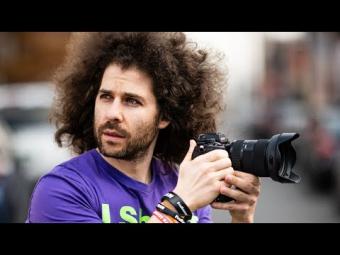
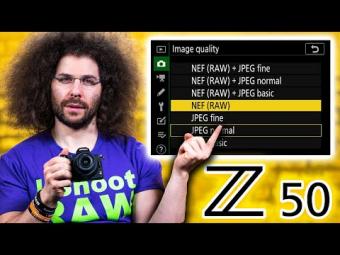
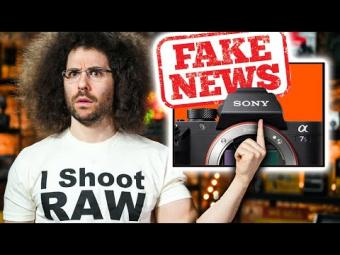
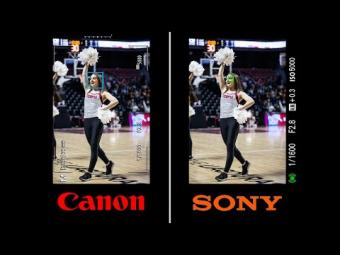

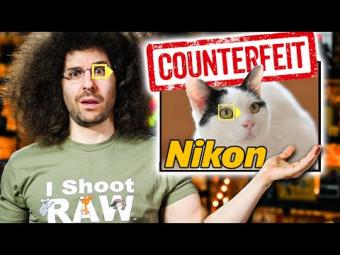
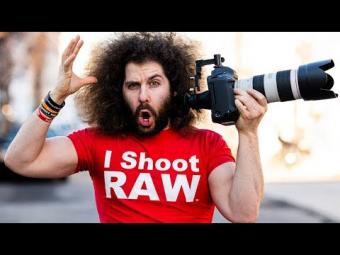
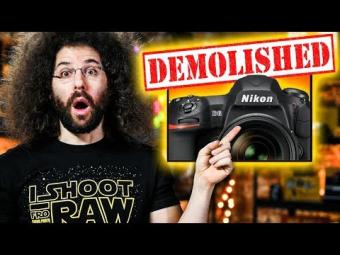
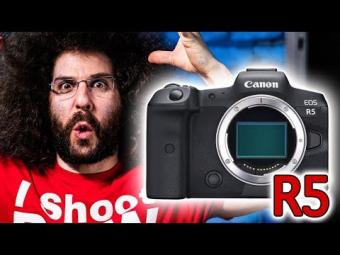
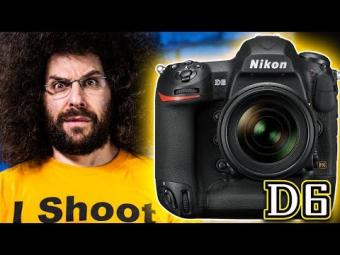
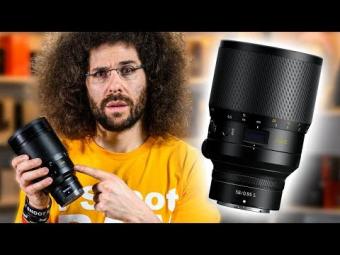

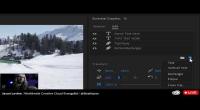



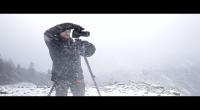
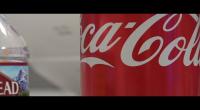
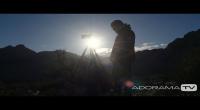


YORUMLAR